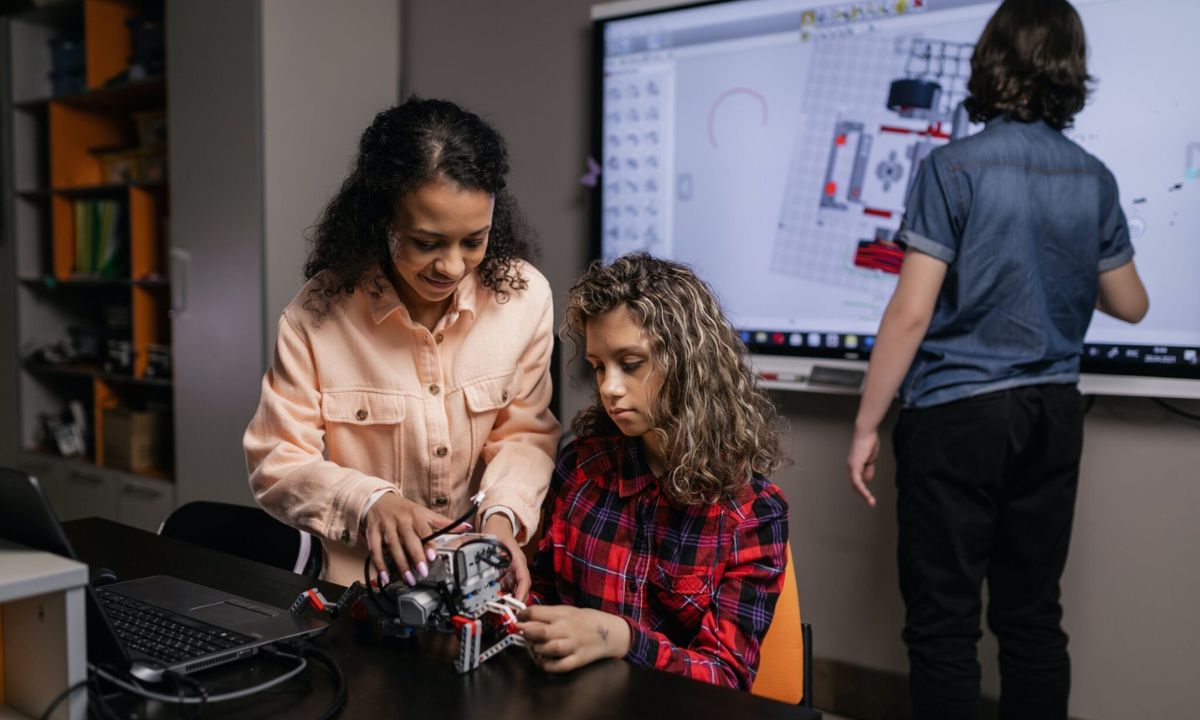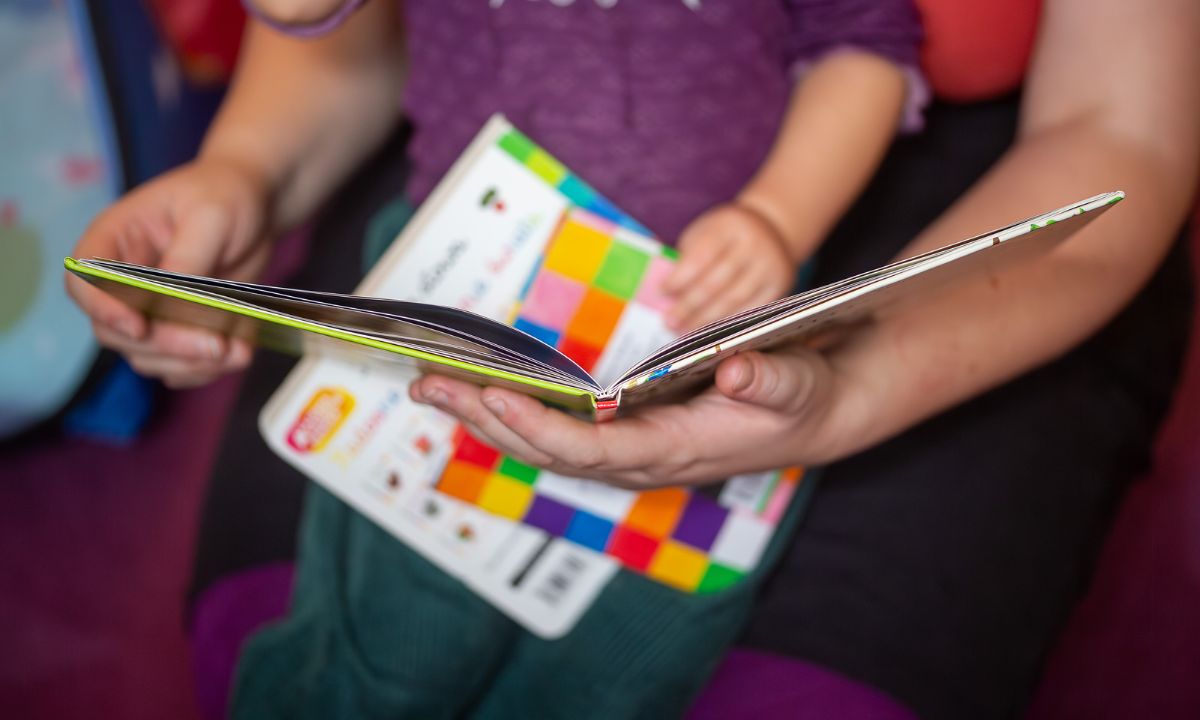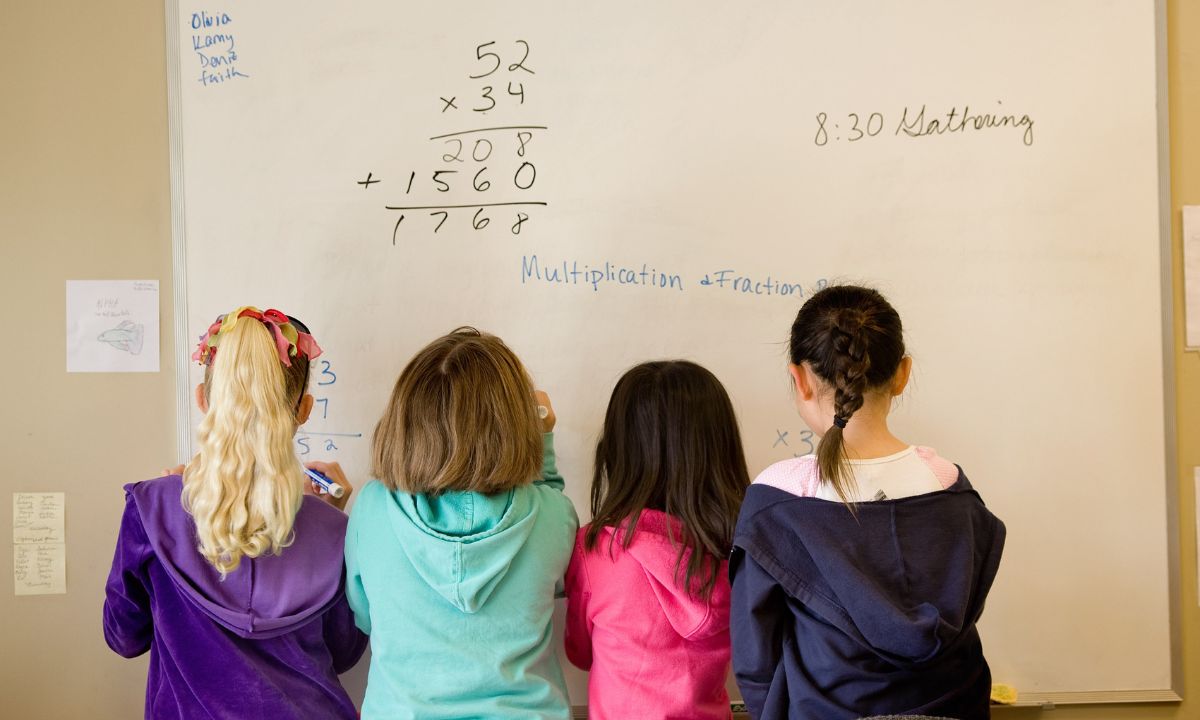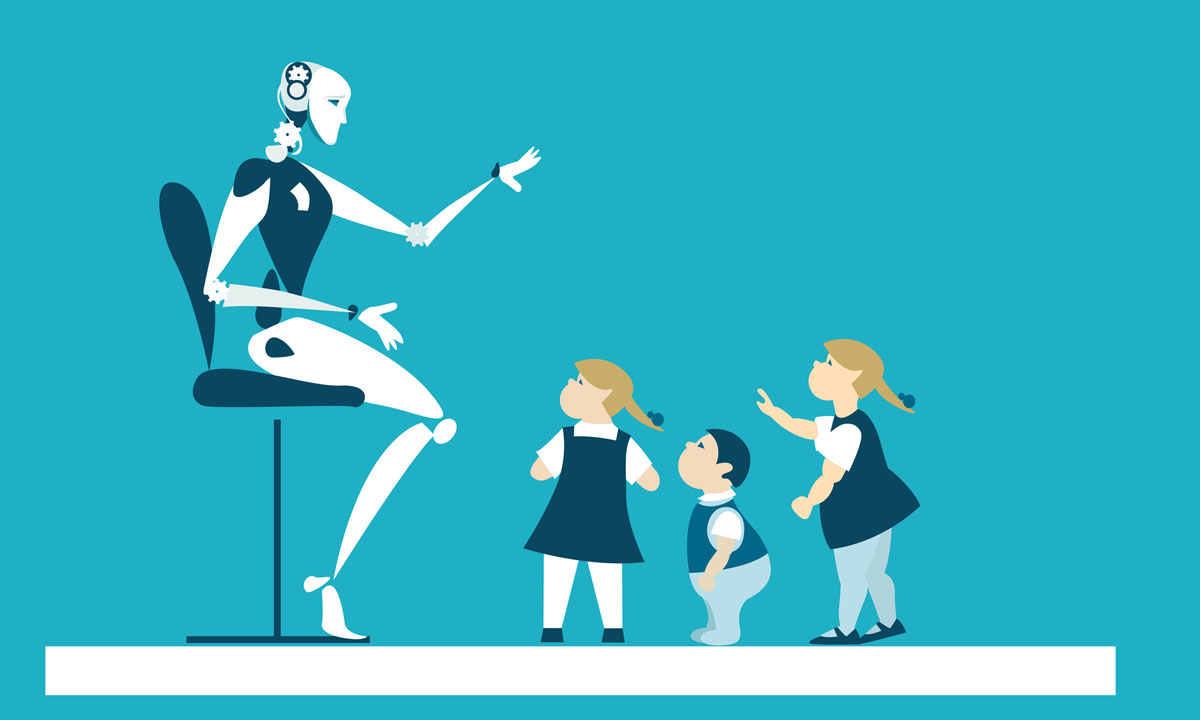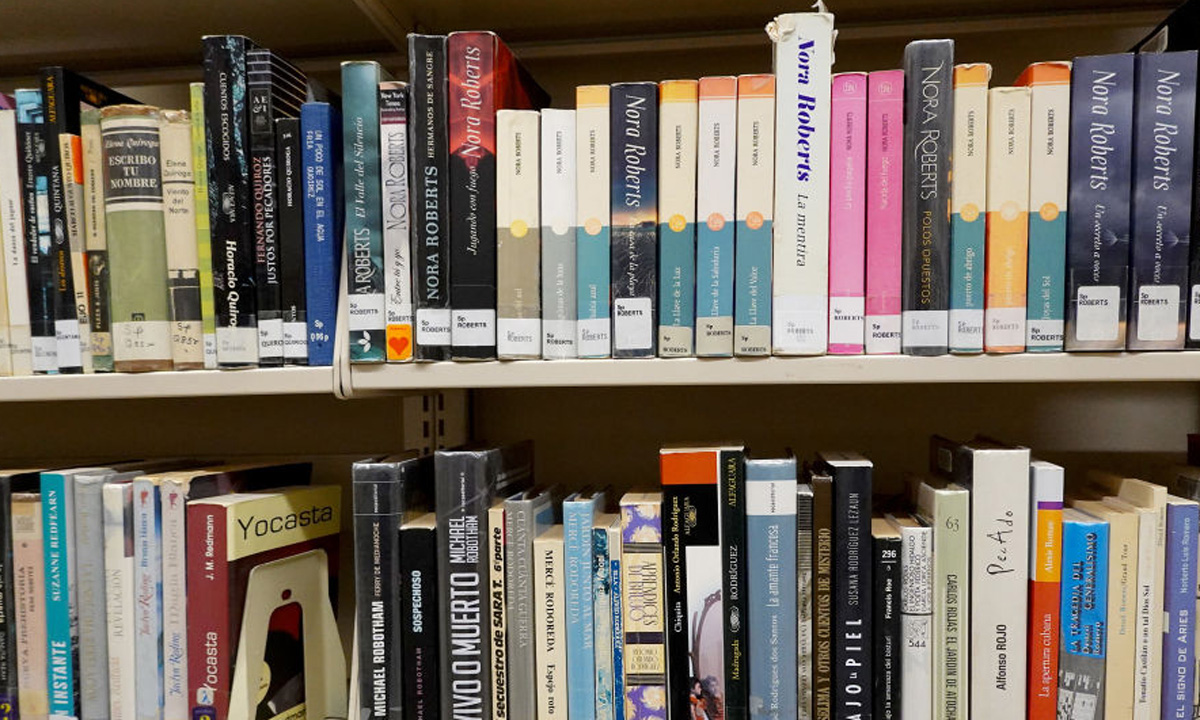Georgia school systems must implement policies that forbid students in kindergarten through eighth grade from using personal electronic devices during the school day after Georgia Governor Brian Kemp signed the Distraction-Free Education Act into law this spring.
Cell phones, tablets, smartwatches, headphones, and even e-readers are all considered devices under the measure as they can access the internet, data, or media. Although they must be stored in lockers, a classroom caddy, or a phone-locking bag, these gadgets are nevertheless permitted to be brought to school.
As a senior in high school, I understand that this is a crucial step. However, rather than immediately resolving the technology crisis, I am convinced that this new law will increase the workload for every teacher.
I recently had a conversation with the fourth-grade son of my English teacher to get a sense of the scope of the issue. He informed me that some of his peers use their phones extensively in class, particularly to view YouTube or play Minecraft. This might not seem like much, but his story is very different from what I went through in fourth grade seven years ago. I never carried a personal gadget to school, and neither did my peers.
What led to this rise in the use of devices? Perhaps it is related to the general rise in children’s possession of technology.
51% of children under the age of nine possessed a personal mobile device in 2024, according to Common Sense Media’s 2025 Census Report. This represents a more than fourfold increase from the 12% ownership rate in 2013.
The impact at my high school is evident. I’m used to witnessing my peers watch movies on their PCs, swipe-text on their Apple Watches, and steal glances at their phones to look up answers, which results in little learning. When ChatGPT can explain what d tente is, why pay attention to American history? Given that Gauth can answer a geometry problem in a matter of seconds, why learn the equation of a circle? What is stopping our elementary and middle school students from engaging in the same degree of exploitation that occurs in high schools?
It’s unclear, though, if a legal prohibition will resolve the issue. The bill suggests a verbal warning or device seizure as penalty, but it leaves it up to the local districts. Teachers are the only group held accountable by these suggested sanctions.
A technology ban could be proven ineffective if the blame is placed on instructors. During the previous academic year, I witnessed this at my own high school. Every classroom was given a numbered phone caddy by our administration, and all students were expected to store their cell phones in the appropriate location. In August, teachers strictly enforced the regulation; after that, they relaxed it. By October, few people were following the rule; for the rest of the academic year, phones were only discovered in the caddy when a teacher was watching the class.
How do we address student disengagement in the classroom if phone bans aren’t enforced?
Making interesting lectures is one idea. My psychology class, for instance, employed a random popsicle-stick technique. Popsicle sticks with each student’s name on them are placed in a cup. Our teacher drew a stick and called on a student when she had a question. We were motivated to listen because we had no idea who would be called.
In order to encourage pupils to concentrate and give every question their full effort, a teacher could supplement this with a weekly participation rating. My psychology teacher awarded us a star stamp for correctly answering a question during our conditioning unit. We may enter the treasure box, which included chocolates, erasers, and +10-point passes, after we had 16 stars. This approach was simple, yet effective. Pupils paid more attention and were more willing to respond to inquiries. Teachers may observe more motivated courses if student engagement rises.
In addition to instructional strategies, teachers could avoid cheating on examinations by implementing easy remedies. My Spanish teacher insisted that all bookbags be positioned at the front of the classroom on test days. I’ve read on TikTok that some schools have a “empty your pockets” policy, which eliminates the need to be concerned about phones or concealed notes. Eliminating cheating techniques could inspire students to pay more attention and learn the material.
The new Georgia law also calls on districts to encourage families to use fewer personal devices and learn without distractions by holding seminars and town halls. I see the biggest advantage here.
Families and the educational system could reap enormous benefits if our government used its bully pulpit to educate parents about gadget-free activities and ways to reduce tech use in the house. Children may become less dependent on electronics as parents gain knowledge, negating the necessity for a complete prohibition in the first place. We may witness advancements in technology use through public education.
Only Virginia has included a provision advising districts to encourage the use of healthy devices, out of the nine states that have passed legislation restricting technology in public schools. Georgia is the second state to pass legislation with this clause, which might establish a precedent and lead to a national effort to inform families about the risks associated with relying too much on technology.
Parents and educators must acknowledge the devastation that personal technology has caused to our educational system. When we have easy access to technology in our pockets, we lose the opportunity to learn. However, enacting laws that prohibit technology just makes it more difficult for our teachers to instruct. Instead, we can address this problem and return to what truly matters: learning, by implementing simple classroom modifications and district activities that support responsible technology use.

